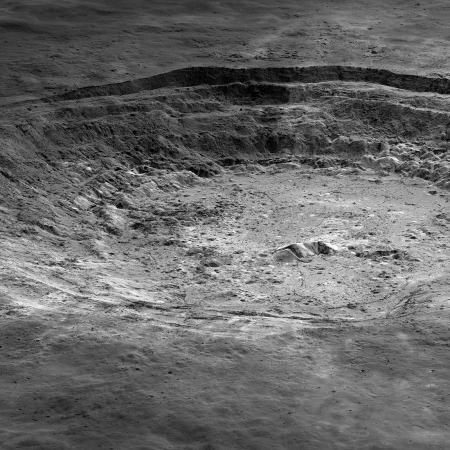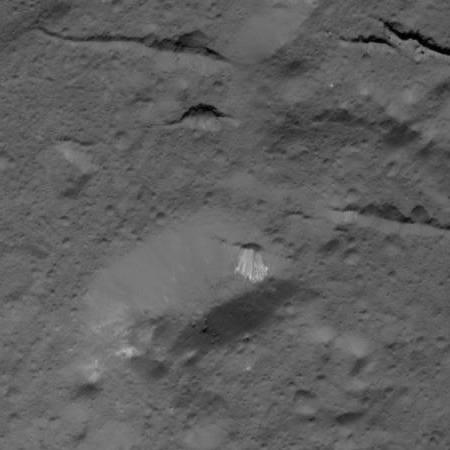Short of money, Planetary Resources to auction off equipment
Capitalism in space: Because its last fund-raising effort failed to hit its target, Planetary Resources is now auctioning off equipment from its headquarters.
The online auction will be conducted by James G. Murphy & Co. from Aug. 21 to 28, with a preview scheduled on Aug. 27 at Planetary Resources’ machine shop, lab and offices at 6742 185th Ave. NE in Redmond.
“We are preparing to sell some equipment that we’ve identified as not currently needed and easily replaceable,” Chris Lewicki, Planetary Resources’ president, CEO and chief asteroid miner, told GeekWire in an email. “This is a result of reducing overhead as we go forward with our smaller team.”
This could simply be an effort to maximize their financial resources as they reorganize. Nonetheless, it does not look good.
Capitalism in space: Because its last fund-raising effort failed to hit its target, Planetary Resources is now auctioning off equipment from its headquarters.
The online auction will be conducted by James G. Murphy & Co. from Aug. 21 to 28, with a preview scheduled on Aug. 27 at Planetary Resources’ machine shop, lab and offices at 6742 185th Ave. NE in Redmond.
“We are preparing to sell some equipment that we’ve identified as not currently needed and easily replaceable,” Chris Lewicki, Planetary Resources’ president, CEO and chief asteroid miner, told GeekWire in an email. “This is a result of reducing overhead as we go forward with our smaller team.”
This could simply be an effort to maximize their financial resources as they reorganize. Nonetheless, it does not look good.




